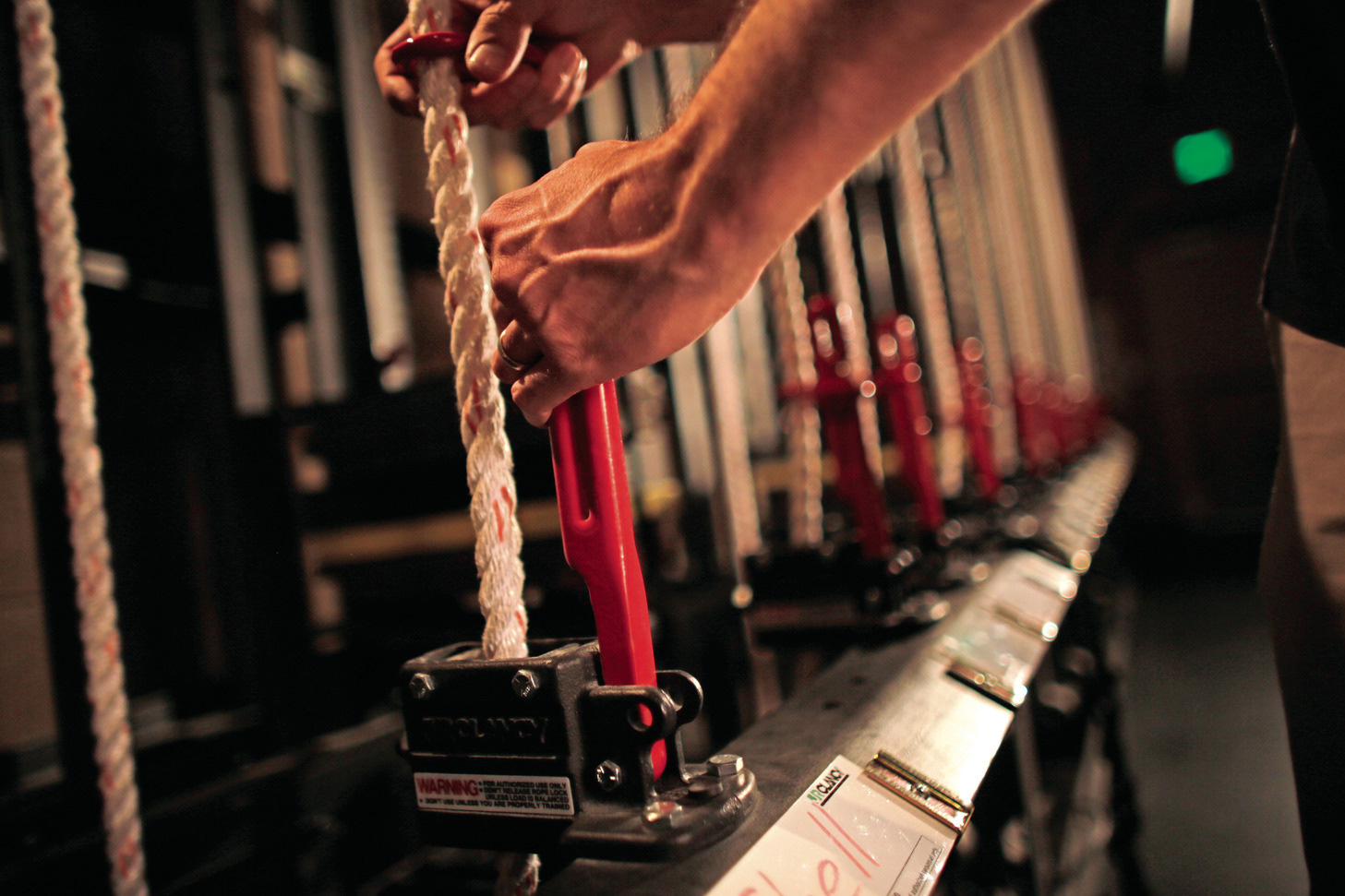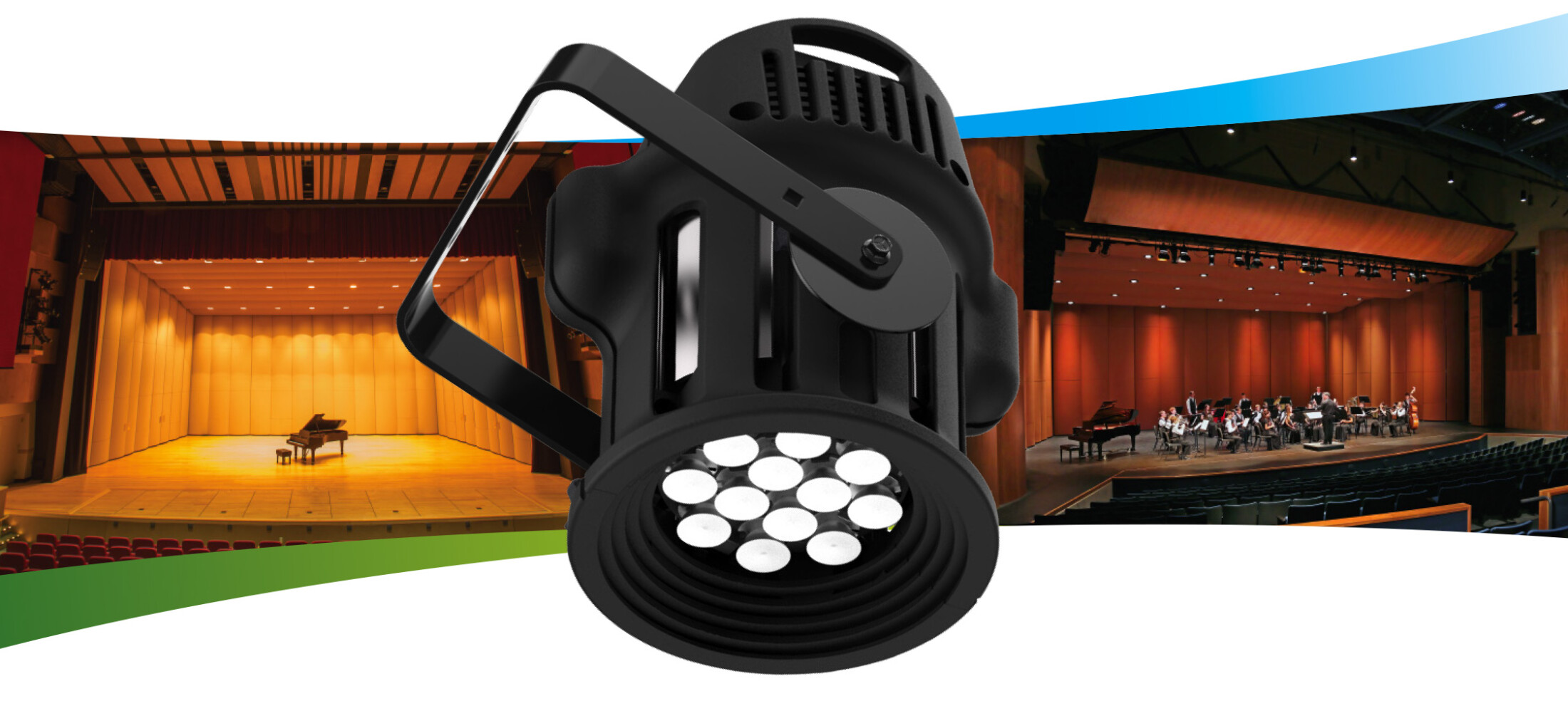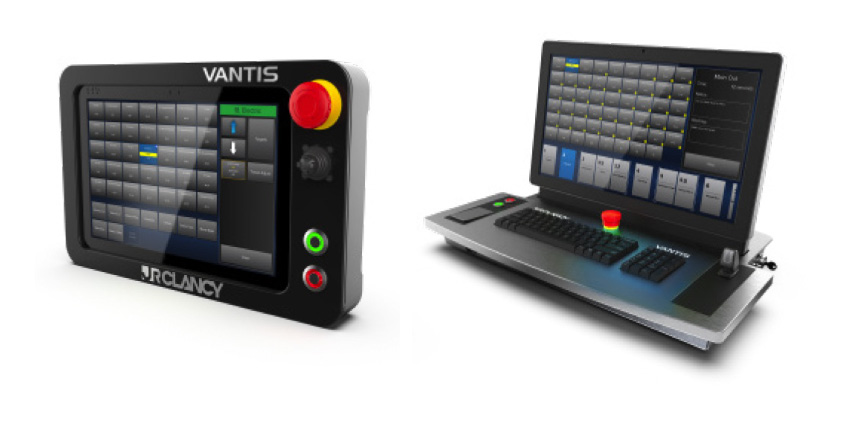 Last week: Wierzel described his formative years, education and the role of the performing arts.
Last week: Wierzel described his formative years, education and the role of the performing arts.
“I feel strongly that lighting design is an art form as important as set design or costume design,” says lighting designer Robert Wierzel. “It’s taken pioneers like Jennifer Tipton at Yale and many others to bring it to that level.”
He paraphrases a quote he heard from Tipton more than 30 years ago as her student: “99 percent of an audience does not pay attention to the light, but 100 percent are affected by it.”
Non-Verbal Communication. Over the years Wierzel has learned to appreciate how profound non-verbal forms of communicating can be, and why theatre or any live performance is so important.
“Watching a ballet, for example, you get information from your eyes and ears – music is time-based,” Wierzel explains. “It begins, develops and ends – then it’s gone.” He feels music is like lighting design in that regard; while the performance could be videotaped and viewed later, it would not be the same.
Wierzel considers that shared experience of the performing arts as incredibly important and different from other forms of art. Visiting a museum, by contrast, is a relatively selfish, solo endeavor.
Passionate About Sports. In today’s society, he believes spectator sports tap that human desire for shared experiences very effectively, helping explain why more Americans congregate in stadiums than concert halls.
Wierzel did not grow up a sports fan, but recalls being invited to a tennis tournament several years ago. He had to be persuaded but later described it as “captivating – one of the most thrilling live events I’ve ever seen.” He finally understood why people have such passion for sports.
“Theatre is not thought of in the same way,” he notes. “A play is more intellectual and slow developing, without the immediate excitement of someone hitting a great serve.”
State of the Arts. Wierzel is troubled by the lack of art awareness in the U.S. “For many Americans today, ‘art’ just means watching TV or going to a movie,” he explains. “It’s not seeing live performers sing or dance or act.” He believes there’s apprehension about the performing arts being for “other” people. Wierzel recalls his parents’ generation didn’t feel the same barrier; back then tickets were also relatively inexpensive.
Today many people consider the arts a luxury; Wierzel blames the opera world for fostering this elitism since the 20th century. Even more traditionally accessible options like Broadway musicals have seen ticket prices rise to ‘ridiculous’ heights in recent years, making them unaffordable for many Americans.
Wierzel believes our society’s education system also shares the blame for marginalizing arts education and undervaluing teachers. “Why don’t we revere teachers more?” he wonders. “They are everything for the next generation and yet we treat them like they’re disposable – and not just in the arts.”
Giving Back. Approaching 60, Wierzel feels he has only consciously articulated these thoughts over the past decade. “I love my career and don’t think I’d find my same passion doing anything else,” he declares. “This is one reason I now teach at two universities, while also continuing my professional work.”
Along with Yale, Wierzel has taught at NYU’s Tisch School of the Arts as an adjunct instructor for nearly 20 years. “It’s very important for me to give back.”
At Yale he teaches a non-majors class: lighting design for set, costume, projection and sound designers. “We want them to understand what lighting designers do, without the overwhelming technical details,” Wierzel explains. “It’s more conceptual and theoretical about why lighting designers make certain choices.”
Both Yale and NYU are professional training programs that understand his busy schedule. He works hard to balance all his obligations, often flying back from production commitments to teach.
Generation Next. Wierzel shares his passion to foster the next generation’s passion. “We have a responsibility to keep growing our art – we cannot just throw it away and say everything today is fine,” he advises.
While a Beyoncé concert involves lighting and those designers do an amazing job, it’s a different kind of lighting design. “For Beyoncé, it’s all visual and part of the emotional response of the music,” Wierzel says. “The story is much different than the storytelling done by lighting in a play or opera.” The storytelling elements – the vocabulary and conceptual aspects – are what he strives to teach his students.
Wierzel is encouraged about the future, in part because he sees so many energetic, talented young people entering the profession. “Something must be going well to attract them,” he concludes. “I learn a lot from their generation – I often feel like I’m 60 going on 25.”












